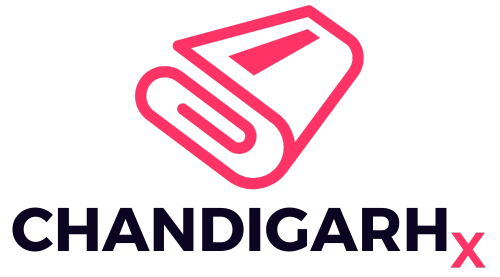For individuals unable to work due to a long-term disability, the Social Security Administration (SSA) provides financial assistance through the Social Security Disability Insurance (SSDI) program. In 2025, the maximum monthly SSDI benefit is $4,018, but not all applicants qualify for this amount. The eligibility criteria, application process, and key considerations are essential to understand before applying.
Understanding the $4,018 Maximum SSDI Benefit
The SSDI program is designed to support individuals with disabilities that prevent them from engaging in substantial gainful activity (SGA). However, the amount a recipient gets varies based on their earnings history. The maximum benefit of $4,018 per month is only available to individuals who have consistently earned at or above the maximum taxable Social Security wage base over many years.
Most applicants will receive a lower benefit amount, as SSDI is calculated based on an individual’s average lifetime earnings before the disability onset. To estimate potential benefits, individuals can use the SSA’s Benefits Calculator on the official SSA website (ssa.gov).
Who is Eligible for SSDI?
To qualify for SSDI, applicants must meet two main requirements:
1. Work Credits and Employment History
Since SSDI is an insurance program funded by payroll taxes, applicants must have contributed to Social Security through employment. The SSA requires individuals to have:
- Earned at least 40 work credits, with 20 of those earned in the last 10 years before becoming disabled.
- Younger individuals may qualify with fewer credits..
2. Medical Eligibility
Applicants must have a medically determinable impairment that prevents them from engaging in SGA and is expected to last at least 12 months or result in death. The SSA maintains a List of Impairments that automatically qualify, but other conditions may be considered if they severely impact work ability.
- The 2025 SGA income limit is $1,620 per month for non-blind individuals.
- For blind applicants, the limit is $2,710 per month.
The full list of qualifying medical conditions can be found on the SSA’s Disability Evaluation Page (ssa.gov/disability/professionals/bluebook).
How to Apply for SSDI Benefits
Applying for SSDI involves several steps, and due to the high denial rate for initial claims, careful preparation is essential.
Step 1: Gather Required Documents
Applicants must provide the following:
- Social Security number and birth certificate.
- Employment history for the past 15 years.
- Medical records from doctors, hospitals, and specialists.
- A list of medications and treatments.
- Most recent W-2 forms or self-employment tax returns.
Step 2: Submit the Application
There are three ways to apply for SSDI:
- Online: The fastest method is through the SSA’s online application portal (ssa.gov/applyfordisability).
- Phone: Call the SSA at 1-800-772-1213 for assistance.
- In-Person: Visit a local SSA office (appointments may be required). Find your nearest SSA office using their Office Locator Tool.
Step 3: Wait for a Decision
The SSA reviews applications, which can take three to six months or longer. If more medical evidence is needed, applicants may be required to attend a consultative medical exam with an SSA-approved doctor.
Step 4: Appeal if Necessary
If an application is denied, applicants have the right to appeal the decision through the following steps:
- Request Reconsideration – Submit additional medical evidence.
- Administrative Law Judge Hearing – A judge reviews the case.
- Appeals Council Review – A higher SSA authority evaluates the case.
- Federal Court Review – The final level of appeal.

Additional Considerations
Medicare Eligibility
After 24 months of receiving SSDI, individuals automatically qualify for Medicare, regardless of age. This includes:
- Medicare Part A (Hospital Insurance) – Free for SSDI recipients.
- Medicare Part B (Medical Insurance) – Monthly premium required.
SSDI and Social Security Retirement
SSDI benefits automatically convert to retirement benefits when the recipient reaches full retirement age (67 for most people). The amount generally remains the same.
Can You Receive SSDI and SSI?
Some individuals may qualify for both SSDI and Supplemental Security Income (SSI), especially if their SSDI payment is low and they have limited financial resources. The SSI program provides extra financial aid to disabled individuals with minimal income.
Conclusion
SSDI benefits provide crucial financial support for individuals facing long-term disabilities. While the maximum monthly benefit is $4,018, actual payments depend on an individual’s earnings history. To improve approval chances, applicants should thoroughly document their medical condition and work history, and be prepared to appeal if necessary.

Pankaj Kumar is a journalist at Chandigarh X, covering admit cards, recruitment, and government schemes. His articles provide readers with detailed insights into application processes, eligibility, and exam updates.
Outside of work, Pankaj enjoys traveling, fitness, and cricket, often participating in local matches on weekends.



